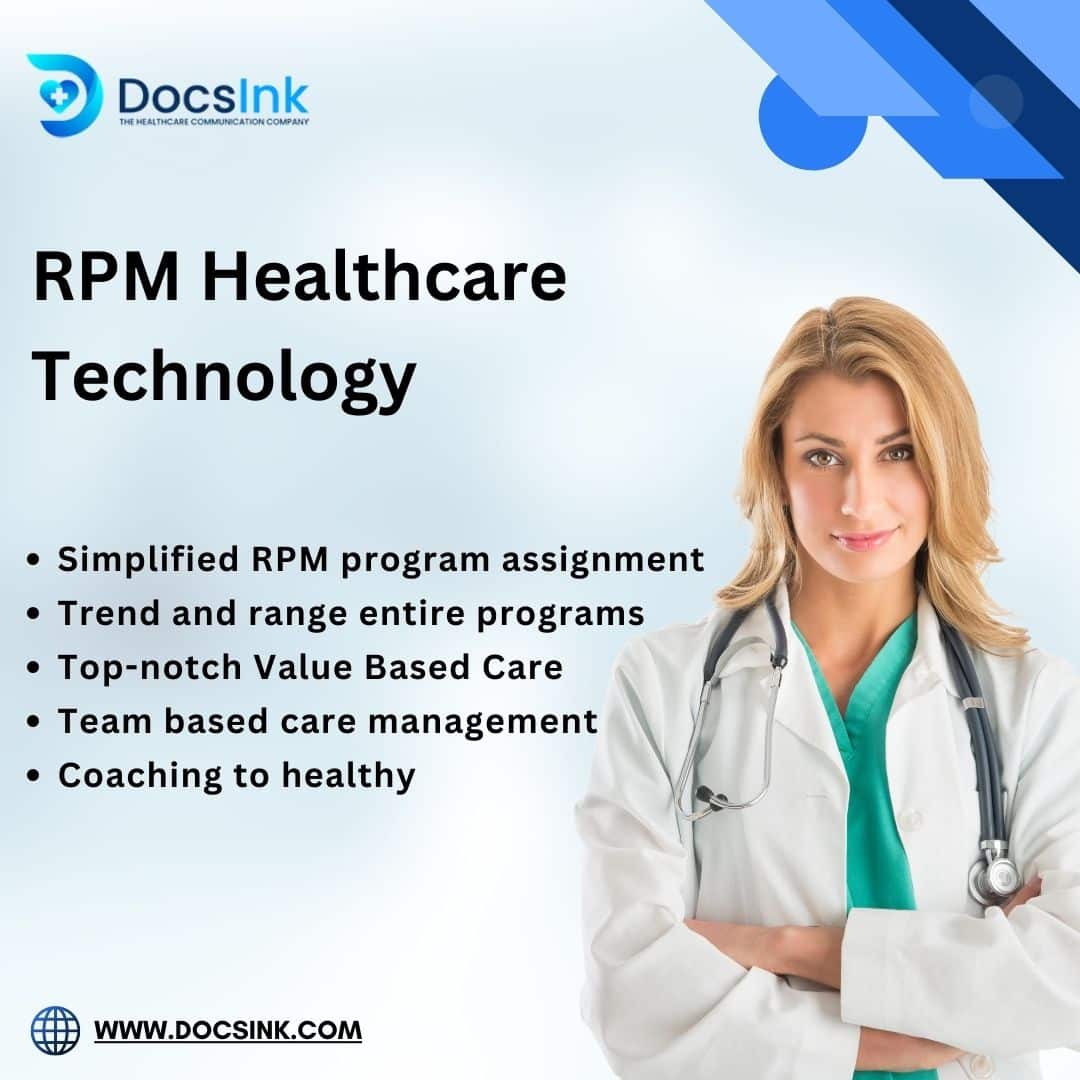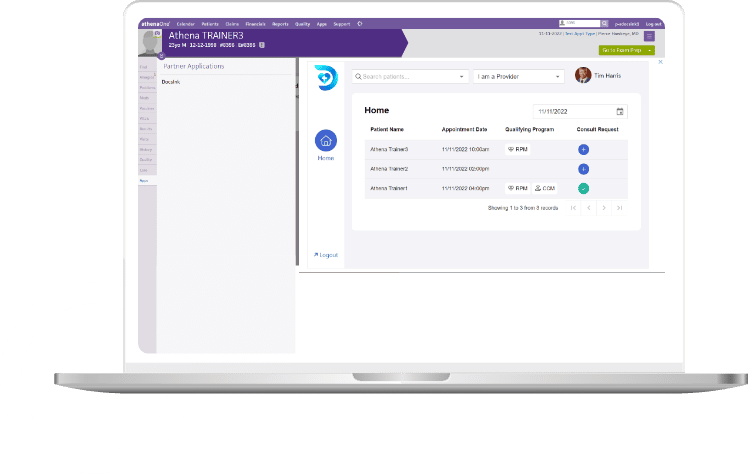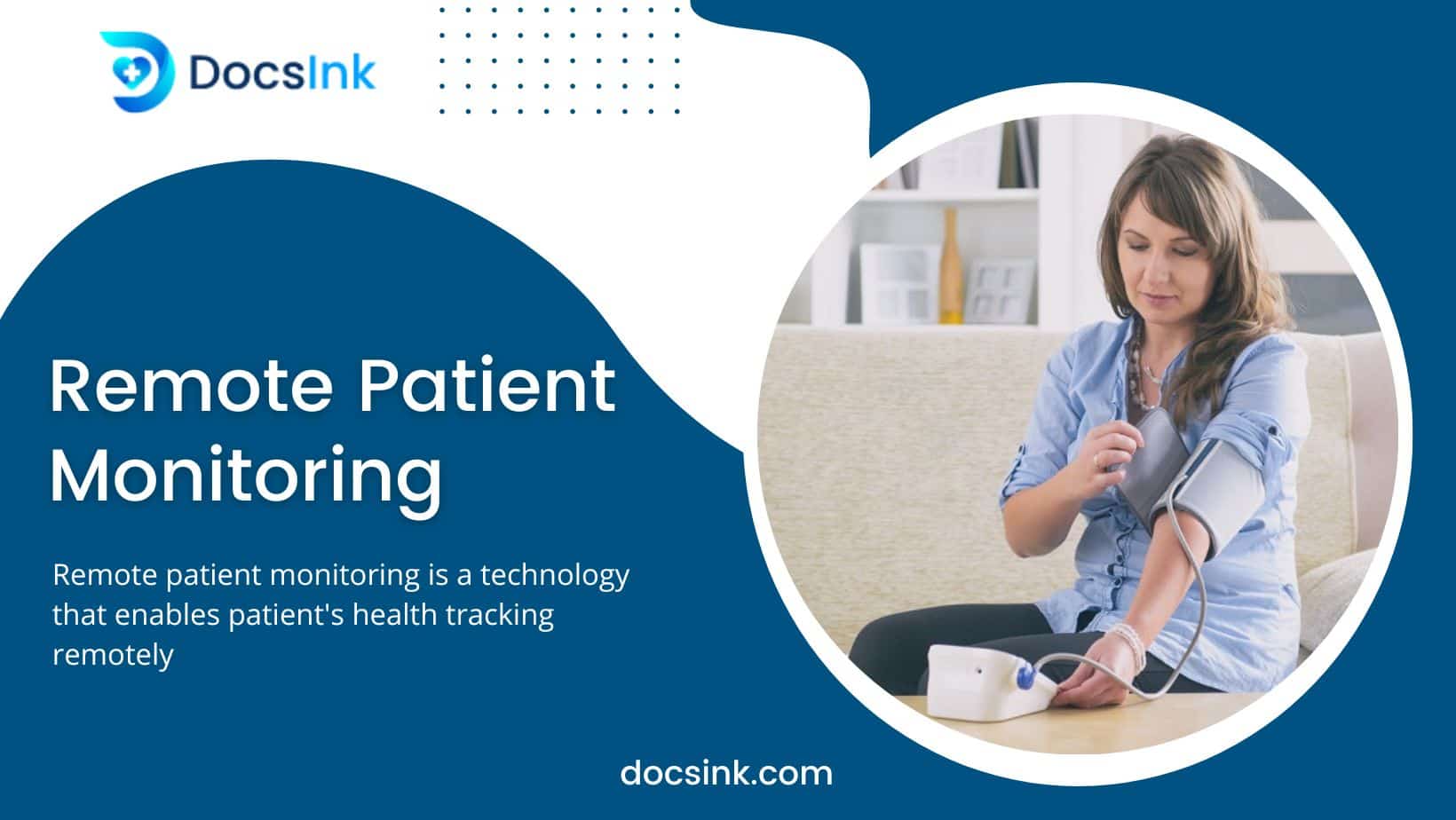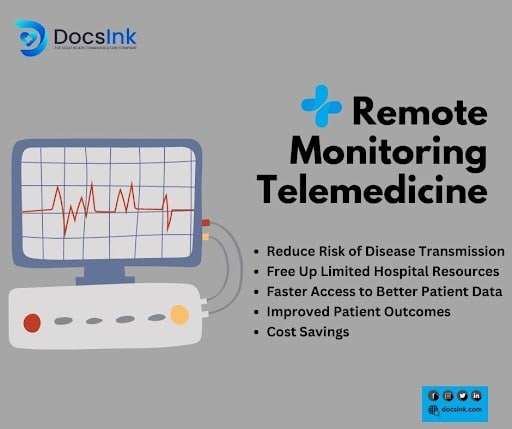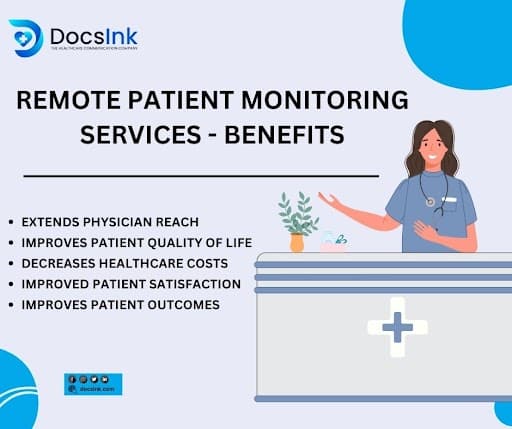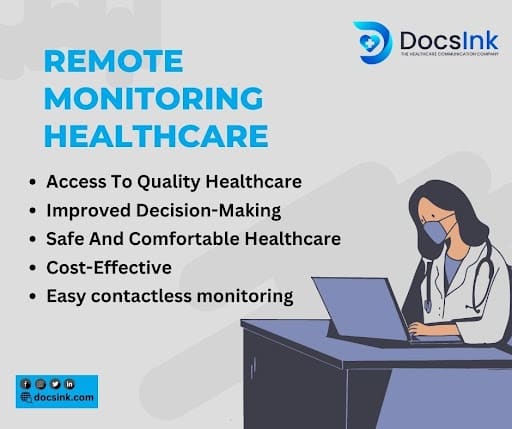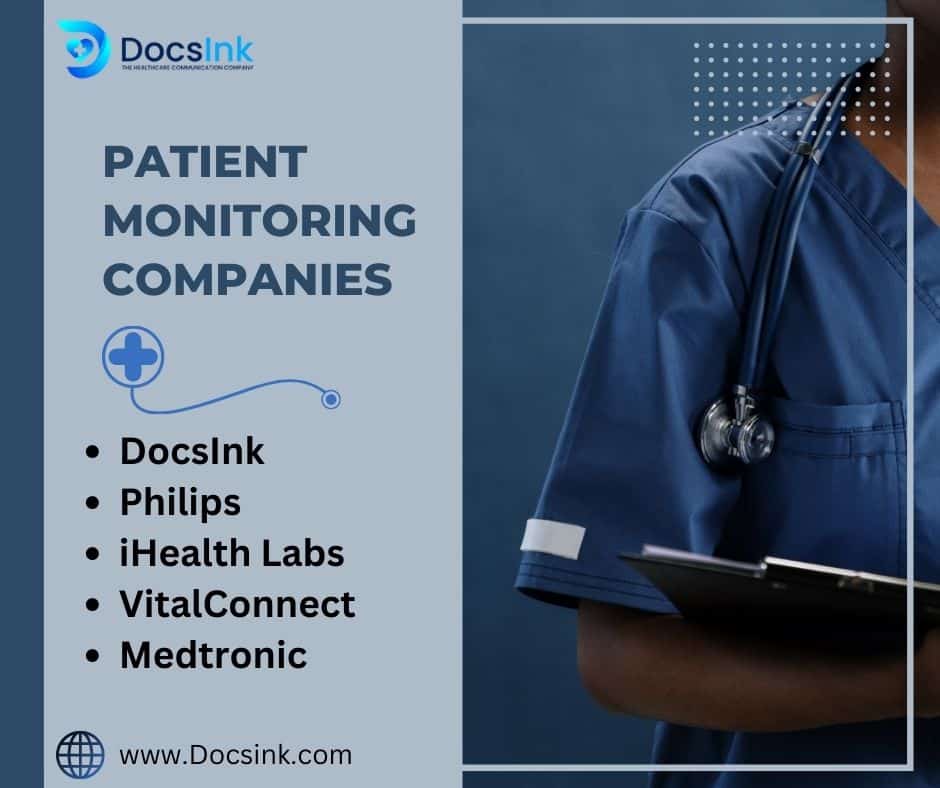Remote Patient Monitoring RPM – Healthcare Technology
Remote patient monitoring, or remote patient care, is a healthcare technology that allows healthcare providers to monitor their patients remotely. Clinical evidence for the use of remote patient monitoring is everywhere, but it has only recently become more widely adopted. It is due to the emergence of new technologies and the growing demand for more efficient and cost-effective healthcare.
Remote patient monitoring enables healthcare providers to track vital signs (e.g. blood pressure, heart rate, oxygen levels) remotely. This is done with the help of devices like wearable sensors or smartphones. This allows providers to keep track of their patient’s health without the need for in-person visits.
This is particularly useful for patients with chronic conditions. Chronic conditions, such as diabetes or heart disease, are long-term illnesses that require ongoing management and care. Patients with chronic conditions often have to visit their healthcare providers regularly to monitor and manage their condition. This can be inconvenient for both the patient and the healthcare provider.
One provider who has used remote patient monitoring to help patients with chronic conditions shared the following experience:
“As a healthcare provider, I have found remote patient monitoring to be a valuable tool in managing the care of my patients with chronic conditions. The ability to monitor their health, and respond to any changes or concerns as they arise has greatly improved the care I can provide. My patients have also appreciated the convenience and improved communication that remote patient monitoring has brought to their care.”
The adoption of remote patient monitoring is significant because it represents a shift in the way healthcare is delivered. Traditionally, healthcare has been delivered in a one-size-fits-all manner, with patients visiting their provider’s office for routine check-ups and treatment. However, RPM healthcare technology can be personalized and tailored to the individual needs of each patient. This allows providers to deliver care more efficiently and effectively, improving the overall quality of care.
There are several reasons why providers should consider adopting remote patient monitoring.
It can help improve patient engagement. By allowing patients to monitor their health remotely, providers can encourage patients to take a more active role in their care. This can help improve patient compliance with treatment plans and can lead to better health outcomes.
Remote patient monitoring can help providers generate additional revenue. By providing patients with the tools and technology to monitor their own health, providers can offer additional services and charge for them. This can help providers generate additional revenue while also providing valuable services to their patients.
Remote patient monitoring can help improve the quality of care. By allowing providers to monitor their patient’s health remotely, they can identify potential health issues before they become more serious. With real-time data, healthcare providers can respond quickly to any changes or concerns in a patient’s health and make adjustments to their treatment plan as needed. This can help ensure that patients receive the most appropriate care for their condition, which can improve their health outcomes and quality of life.
There are many providers who have already adopted remote patient monitoring and have seen positive results. For example, Dr. Amy Patel, a primary care physician in New York, has been using remote patient monitoring for several years and has seen significant improvements in the quality of care she is able to provide to her patients. “Remote patient monitoring has allowed me to provide better care for my patients,” says Dr. Patel. “I can monitor their health remotely and intervene when necessary, which has led to better health outcomes for my patients.”
Features of RPM Healthcare Technology
When selecting a remote patient monitoring (RPM) platform, there are several key features and services that providers should look for. These features and services can help ensure that the RPM platform is effective and user-friendly, and can help providers provide the best possible care to their patients.
First:
One of the first features to look for in an RPM platform is the ability to monitor a wide range of vital signs and health metrics. This includes basic metrics like heart rate and blood pressure, as well as more specialized metrics like oxygen levels and blood sugar levels. By monitoring a wide range of health metrics, providers can gain a more complete picture of their patient’s health and make more informed decisions about their care.
Second:
Another important feature to look for in an RPM platform is the ability to integrate with other healthcare technologies. For example, the platform should be able to integrate with electronic health records (EHR) systems. It allows providers to easily access and analyze patient data. It should also be able to integrate with other medical devices, such as wearable fitness trackers or glucose monitors, to provide a more complete view of a patient’s health.
Third:
In addition to these technical features, providers should also look for RPM healthcare technology platforms that offer a range of services to support their use. For example, the platform should provide training and support for providers and patients to help them get started using the technology. It should also offer ongoing technical support to help providers troubleshoot any issues that may arise.
Forth:
Another important service to look for in an RPM platform is the ability to provide real-time alerts and notifications. This can help providers quickly respond to any changes or concerns in a patient’s health. This can help ensure that patients receive timely and appropriate care. The platform should also provide tools for patients to easily communicate with their providers, such as secure messaging or video conferencing, to support ongoing communication and collaboration.
Fifth:
Finally, providers should look for RPM platforms that offer robust data analytics and reporting capabilities. This can help providers better understand their patient’s health and make more informed decisions about their care. The platform should provide easy-to-use tools for analyzing and visualizing data. Also, customizable reports help providers track and monitor their patient’s health over time.
Conclusion
In conclusion, RPM Healthcare Technology is changing the way healthcare is delivered. By allowing providers to monitor their patient’s health remotely, it can improve patient engagement, and generate additional revenue. As more providers adopt this technology, it is likely to become an essential part of the healthcare landscape.
